Shopping Cart
Location
Cities
7 Hill Driving Mistakes That Turn Dream Trips Into Nightmares
Blog
Home Blog
CATEGORIES
All Categories
.webp)
7 Hill Driving Mistakes That Turn Dream Trips Into Nightmares
7 Hill Driving Mistakes That Turn Dream Trips Into Nightmares

Picture this: You've been planning your mountain getaway for months. The bags are packed, snacks are ready, and you're excited to escape the city noise. But somewhere on those winding mountain roads, things start going wrong. Your car overheats, the brakes smell funny, or worse – you find yourself stuck on a steep slope with your engine stalled.
Trust me, I've seen it happen too many times. What starts as a perfect road trip can quickly become a scary situation if you're not prepared for hill driving. But here's the good news – most of these problems can be avoided if you know what mistakes to watch out for.
Let me share the seven biggest hill-driving mistakes that can ruin your trip and, more importantly, how to avoid them.
1. Riding Your Brakes All The Way Down
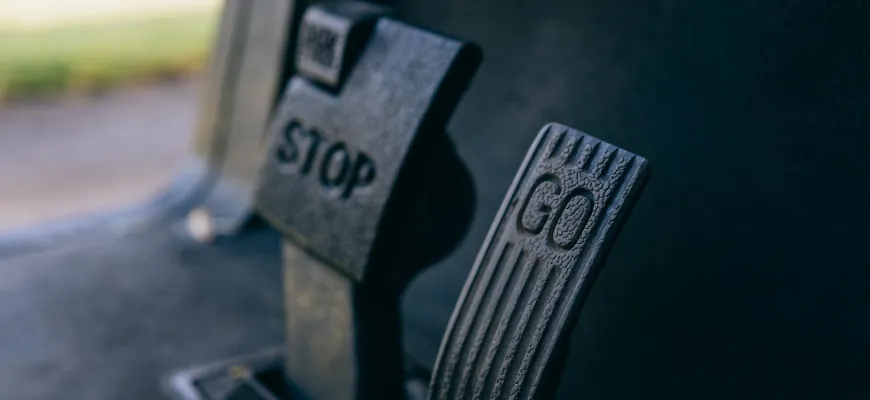
This is probably the most common mistake I see. When faced with a steep downhill, many drivers keep their foot on the brake pedal the entire way down. It feels safe, right? Wrong.
Why it's dangerous: Your brakes can overheat and lose their stopping power completely. This is called "brake fade", and it's terrifying when it happens.
What to do instead: Use engine braking. Shift to a lower gear and let your engine help slow you down. Only use your brakes when you need to make adjustments to your speed. Your brakes will stay cool and ready when you really need them.
2. Starting Your Climb in the Wrong Gear
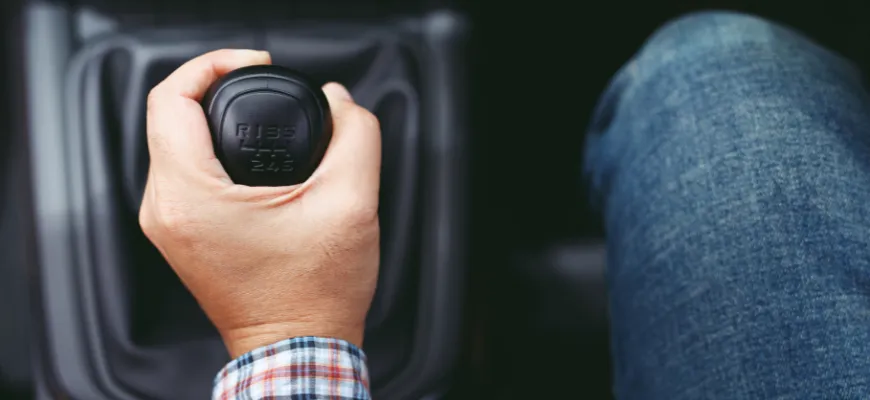
I once watched a family in a loaded SUV try to climb a steep hill in high gear. The engine struggled and overheated, and they had to pull over. Their dream vacation started with a two-hour wait for roadside assistance.
Why it's a problem: Your engine works much harder in higher gears, which can cause overheating and put unnecessary stress on your transmission.
The smart approach: downshift before you start climbing. Lower gears give you more power and keep your engine running in its comfort zone. Don't wait until you're already struggling – plan ahead.
3. Following Too Close to the Car Ahead
Mountain roads are not the place for tailgating. The car in front of you might roll back when starting on a hill, or they might need to stop suddenly for wildlife or road conditions.
Keep your distance: Give yourself at least twice the normal following distance on hills. This gives you room to react and prevents you from panicking if the car ahead rolls back a little.
4. Not Checking Your Fluids Before You Go
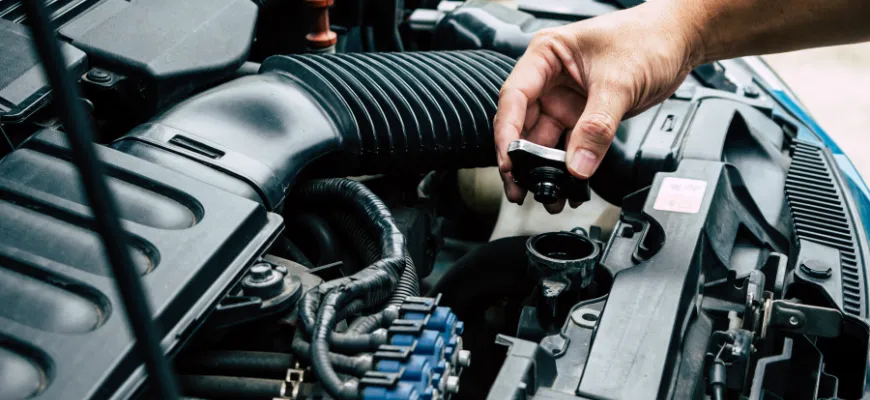
This mistake happens before you even leave home. Many people skip the basic checks and pay for it later when their car overheats halfway up a mountain.
Your pre-trip checklist should include:
- Engine oil level
- Coolant level
- Brake fluid
- Transmission fluid (especially important for automatics)
Hill driving is tough on your car. Make sure all fluids are topped off and in good condition before you hit the road.
5. Panicking When Your Car Starts to Struggle
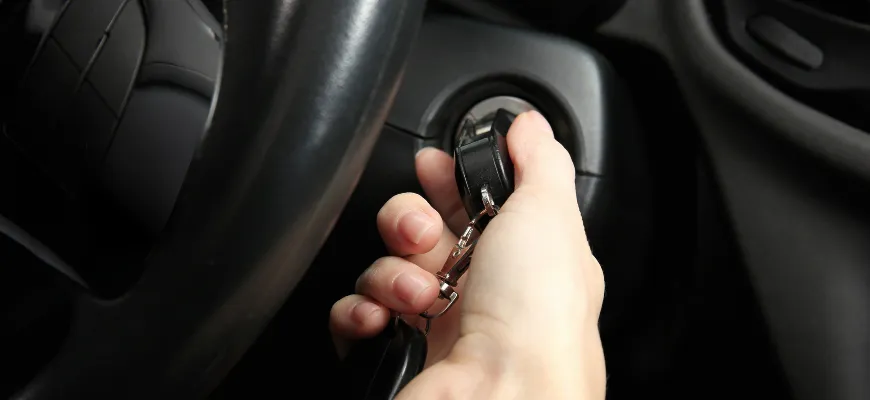
Here's what usually happens: the engine starts working harder, the temperature gauge creeps up, and the driver panics. They either floor it (making things worse) or pull over in a dangerous spot.
Stay calm and think: if your car is struggling, ease off the gas slightly but keep moving if it's safe. Find a safe pullout ahead rather than stopping on the roadway. Sometimes cars just need a moment to cool down.
When to stop: If your temperature gauge is in the red zone or you see steam, it's time to pull over safely and let things cool down.
6. Using Cruise Control on Hills
Cruise control is great on flat highways, but it can be your enemy in the mountains. It doesn't understand that you're going uphill and will try to maintain speed by giving more gas, which can overheat your engine.
Turn it off: Handle the gas pedal yourself on hills. You'll have better control and can adjust for conditions. Your engine will thank you.
7. Not Planning for the Way Back Down
This is the mistake that catches people off guard. You made it up the mountain just fine, had a great day, and now you're heading home. But the descent can be even trickier than the climb.
Plan your descent:
- Start in a lower gear before the steep parts begin
- Check your brakes at the top while they're still cool
- Take breaks if it's a long descent to let your brakes cool down
- Never coast in neutral – always stay in gear
A Few Extra Tips to Keep You Safe
Know your car's limits. If you're driving a small car packed with people and luggage, you might need to take breaks more often. There's no shame in pulling over to let your car rest.
Weather changes everything. Rain makes hills slippery, and snow changes all the rules. Adjust your driving for conditions, and don't be afraid to turn around if things get too dangerous.
Keep emergency supplies. Pack extra water (for both you and your car), snacks, blankets, and a flashlight. Cell service can be spotty in mountains, so be prepared to help yourself.
Trust your instincts. If something doesn't feel right, pull over safely and investigate. Strange smells, unusual sounds, or warning lights should never be ignored on mountain roads.
The Bottom Line
Hill driving doesn't have to be scary. With a little preparation and the right knowledge, you can handle mountain roads confidently and safely. The key is respecting the challenges that hills present and preparing accordingly.
Remember, it's better to arrive at your destination a little later than to not arrive at all. Take your time, stay alert, and don't let these common mistakes turn your dream trip into a nightmare.
Your mountain adventure is waiting – now you know how to get there safely and enjoy every mile of the journey.
Rentrip Travel Guides
Car Rental Cities in India
Grow your business with Rentrip.
List your bike and become a member of rentrip family.



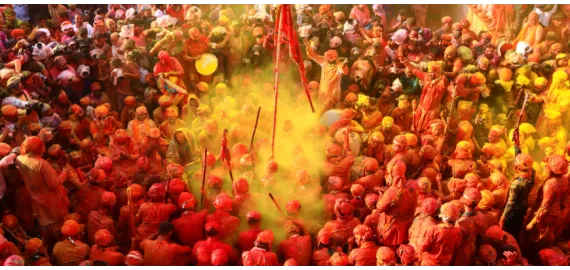

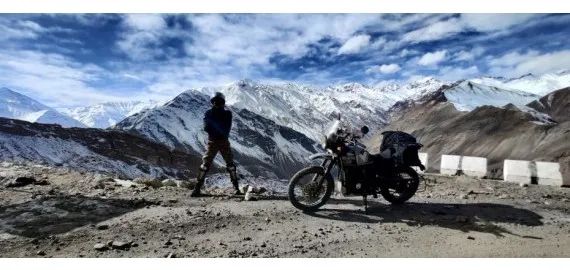


Comments
Be the first one to comment on this post.
Submit a Comment
Login or Register to add your comment